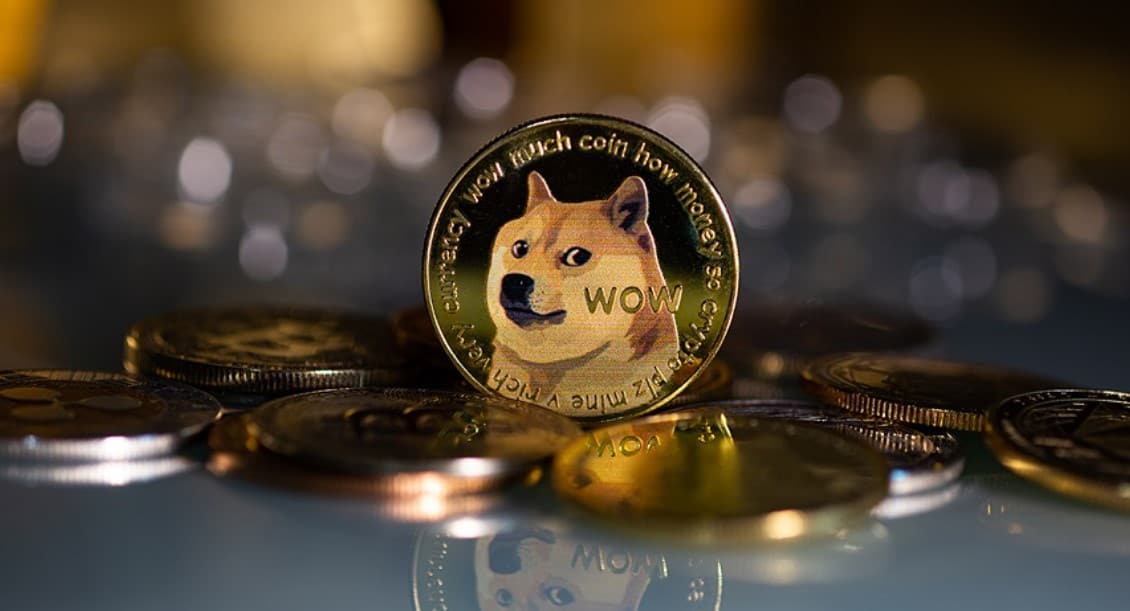Dogecoin has long been a Robinhood favorite given that it was the digital asset that effectively made the trading app a prominent crypto trading platform. It has continued to do well in its decision to adopt trading of the meme coin on its platform and recently listed its rival Shiba Inu for trading. Robinhood’s support for Dogecoin doesn’t seem to end there though, given that its CEO and co-founder believe that the meme coin has a future as the currency of the internet.
The Currency Of The Internet
In a recent post on Twitter, Vlad Tenev, the CEO and co-founder of the trading app Robinhood shared that he believed that Dogecoin could effectively become the future currency of the Internet. The CEO listed a number of features that made this a possibility for the meme coin, including the fact that Doge had one of the lowest transactions fees even though it has one of the fastest transaction times in the space. Thus making it an easy choice for online payments.
However, this is not as easy a feat to achieve for a cryptocurrency that only boasts 40 transactions per second (TPS) when rival payments structures are doing tens of thousands of TPS in the same time period. Tenev explained that Dogecoin would have to be able to rival giants like Visa, whose current TPS sits at 65,000, to be able to have a fighting chance. This would mean increasing the current performance of Doge by at least 10,000x.
For the Robinhood CEO, the increased hardware demand that it would require to reach this level would be a fair tradeoff. Yes, users may not be able to run a node on their Raspberry Pi in their homes, but Visa does not depend on hardware in people’s homes to carry out transactions either.
Why Dogecoin Is Better
The unlimited supply of Dogecoin can often be a case against the future profitability of the cryptocurrency but the Robinhood CEO does now seem to agree with this. First, for something to be a currency, there has to be enough supply to go around, and given that Doge has an unlimited supply, then it can achieve this.
Additionally, Tenev notes that with the fixed issuance of Doge, with about 5 billion new coins created each year, the inflationary characteristics of the digital asset remain manageable. And since it is expected to decline over time, this could be under 2% in the next couple of decades, thus making it an even better choice compared to the dollar.
To close out his thread, the CEO left some words of advice for Dogecoin core developers. He explains what they need to do, saying; “I would focus on one thing: coming up with a good process for increasing the block size limit over time. Let me know what you all think!”

